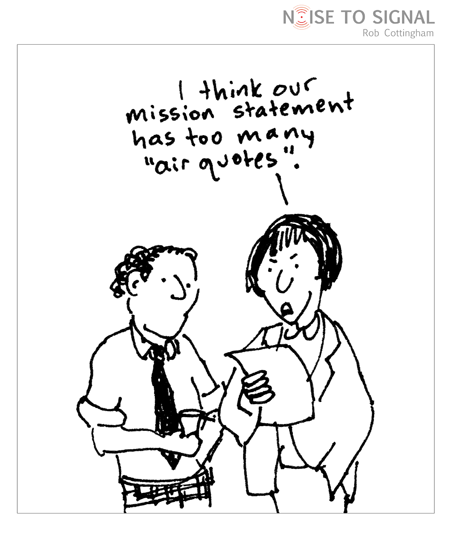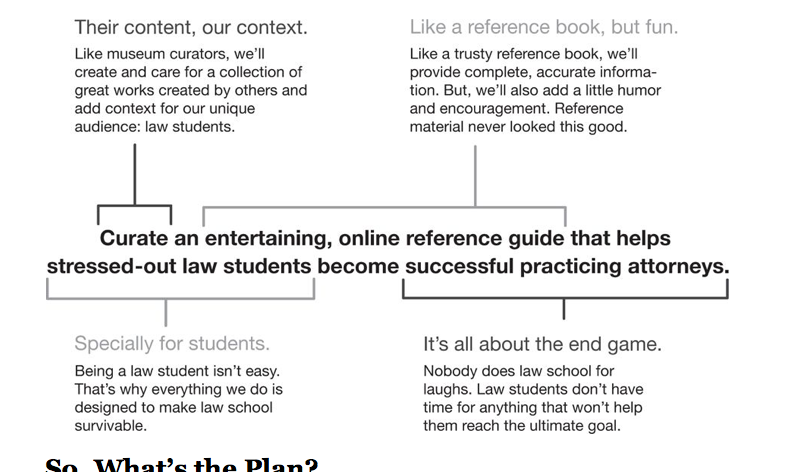 Having a mission in life as in business helps shine the light on the pathway to your goals. I hate to get all spiritual on you but if you think about it, that’s what it does.
Having a mission in life as in business helps shine the light on the pathway to your goals. I hate to get all spiritual on you but if you think about it, that’s what it does.
And so it stands to reason, having a mission for your content marketing does the same – it helps you to make sense of the chaos and to effectively use your content topics to do what it’s supposed to do: Generate leads, nurture them, and convert them to sales.
There are plenty of businesses out there for which content creation might seem straightforward.
A winery comes to mind as an example; they can talk about the process of making wine, the grapes, pairing the wine, recipe ideas… and much more.
On the other end of the spectrum is something more obscure – let’s say a manufacturer of electrical paint for transformers. Their market is much more narrow and more difficult to connect with online, than a winery, which would have a much more mainstream audience.
Or, what if you have a technology/product that is so new, people aren’t actually searching for it?
What do you do in these cases? It’s times like this your content mission becomes very handy – a significant driver in your overall strategy. It provides the overarching goal of your inbound marketing strategy, answering the question, “What are we going to be in five years? How do we want to be perceived?”
Think of your mission as something that guides you through the decades in a timeless fashion while your individual topics will evolve because the details of your business do too – as a result of changing technology, legislation, or any number of things.
Developing the content mission statement can be somewhat simple to complex depending on the nature of your organization. I’ll simplify to three basic research steps:
- Monitor the conversation. It’s impossible to make any decisions if you aren’t aware of the digital landscape, the conversations, who is involved, and where they are happening. Look at social networks, blogs, and forums. Look at your competition and their digital presence.
- Ask your stakeholders. Survey your target audience, current audience, investors and employees. This could be in the form of an online survey, a brainstorming session and/or a focus group. It doesn’t have to be a big production. I subscribed for DJ Waldow’s newsletter this week. (I don’t know why I’m only discovering it now) and received a great little auto-responder asking me: 1: What my greatest needs are related to email marketing, 2:What I’m struggling with currently, and 3: What I hope to learn from him. What a simple and effective way to learn about your audience and how your content can help them.
- Analyze the data. Look at what people are saying about you, your product, and your industry. They might not be talking about you. They might not be aware your product/service exists. That’s OK. That will inform your mission. Where is your target audience? Are there ambassadors? Detractors? What are the hot points for each? Is there a gap in availability of factual information? Is there a perception issue you can affect?
This research phase allows us to see where we want to direct the conversation.
Write Your Content Mission Statement
This diagram is pulled from Content Strategy for the Web by Kristina Halvorson and Melissa Rach and is a great anatomy of a content mission state
 What will you do/provide, how will you do it, for whom, and what is the end result you create.
What will you do/provide, how will you do it, for whom, and what is the end result you create.
The statement is boiled down into one easily remembered phrase, but the pullout text around the outside helps to justify the different pieces, giving the mission statement deeper meaning. It prevents it from just being words on paper, and provides that, “aha…. I-see-what-you-mean” factor.
Your mission means you have a stake in the ground about something. You take a position and lead the charge.
- Be a champion of a cause; raise awareness about an issue in your industry.
- Provide a resource that solves a pain point for your target customers. If they aren’t looking for your product per se, what solutions are they looking for?
Please remember, your content mission is not product- or brand-centric. It focuses on solving your prospects problems. It will address the what, why, and who of your content.
Sleep Tight
Having a strong content mission drives the rest of the tactics in your plan (and helps you sleep at night). You now have editorial direction for your blog, and longer form content such as white papers and ebooks. You now know where people inside your organization should be commenting on blogs and in what types of conversations you want to be engaged on social networks.
Just like that company mission statement, it answers the question, “Is this something we should spend time doing?”
What do you think? Do you have a content mission? Care to share it in the comments?
This is an updated and modified version of a post that I originally wrote for Spin Sucks.
Custom Content Marketing Workshop
Need help with your content marketing? Maybe a fresh set of eyes to get your efforts on track and delivering results? We can help.

Leave a Reply